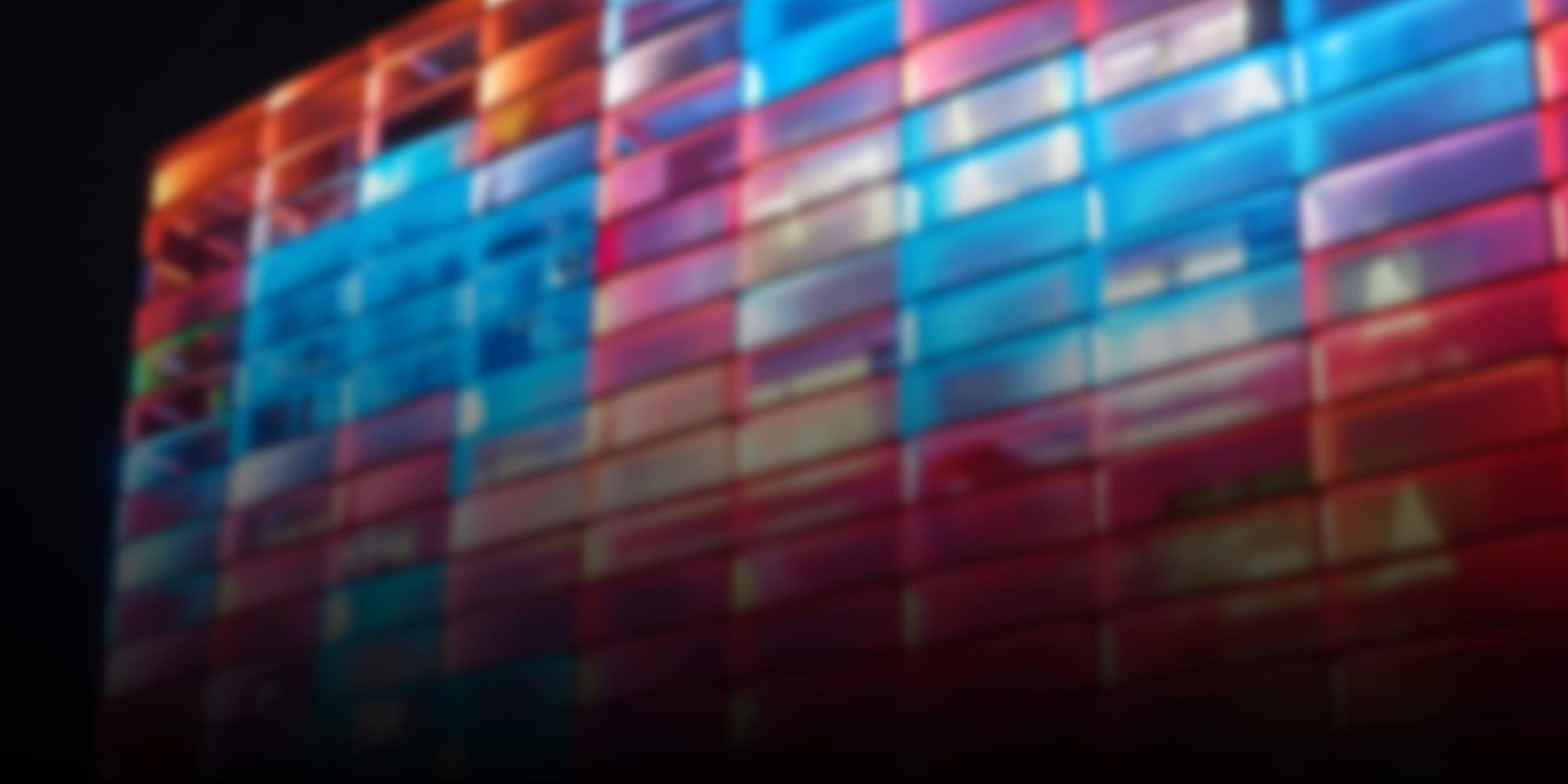
Story
-
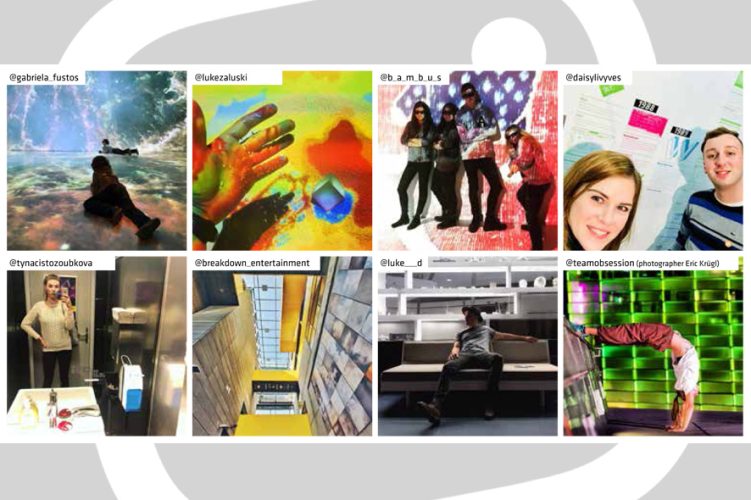
Visiting Ars Electronica Center
Every day, new impressions on Instagram show us just how diverse and multifaceted the perspectives are that our visitors take during their visit of the Ars Electronica Center.
-
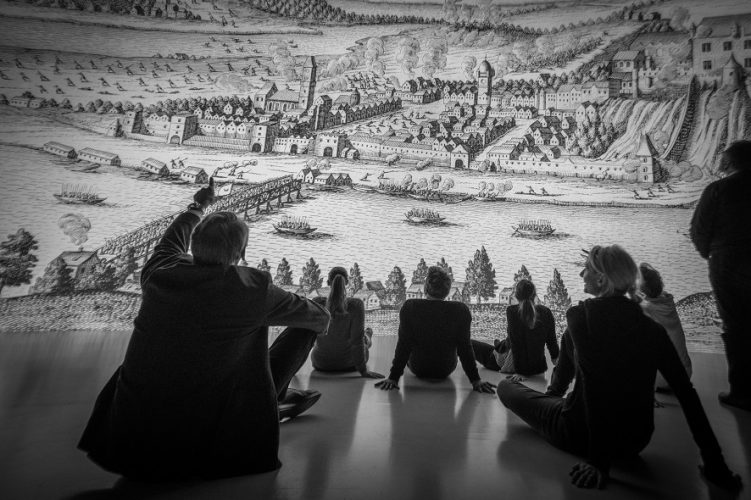
Deep Space LIVE: Linz in Kepler’s Day
At the next Deep Space LIVE on February 22, 2018, Maria Altrichter of the Municipal Archive will take us back to a time way before Linz became Steel City. What was it like when Johannes Kepler lived here? What impact did historical events in the 17th century have on Upper Austria’s capital? Maria Altrichter gave…
-
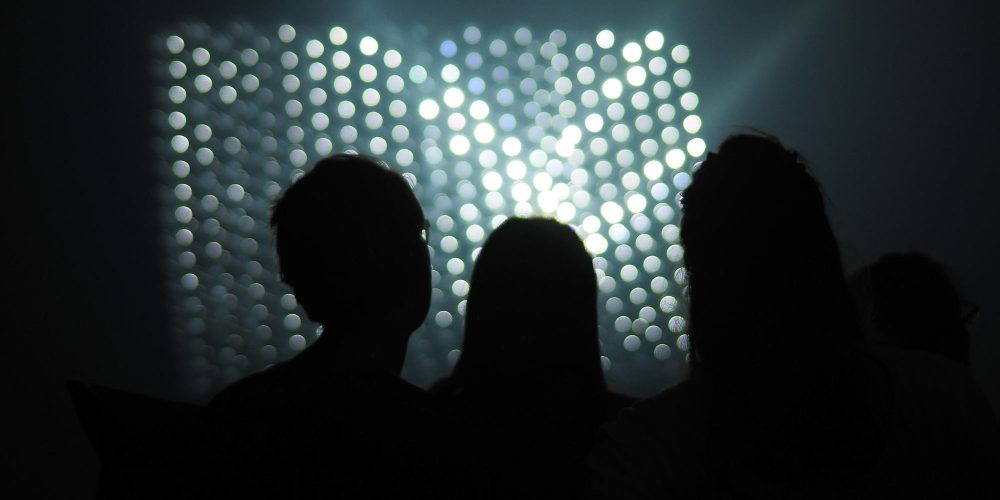
The Year in Review 2017
The year went by so quickly; so many delightful impressions remain. Which works of media art featured in POSTCITY during this year’s Ars Electronica Festival were your personal favorites? And when was the last time you paid a visit to the Ars Electronica Center? Here’s our collection of 2017’s Greatest Hits.
-
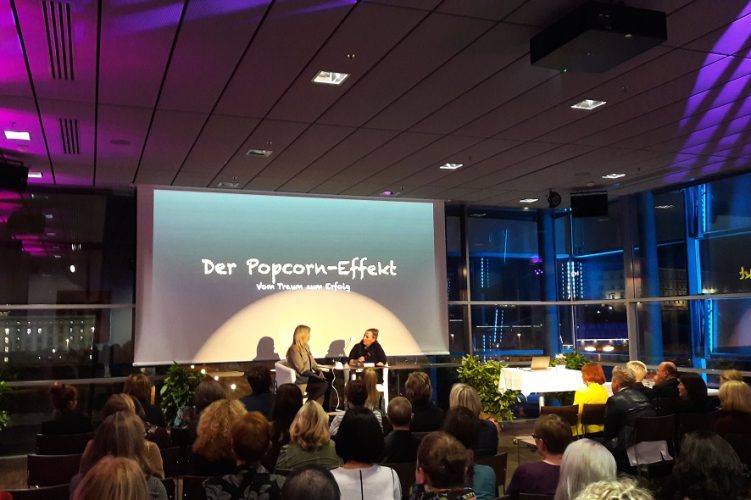
The Popcorn Effect: What Success Has to Do with a Kernel of Corn
What leads to success? Why are some people successful and others aren’t? And is there a recipe for success? Journalist/moderator Claudia Reiterer’s new book “The Popcorn Effect: From Dream to Success” deals with these very questions. At the first meeting of the UGL Women’s Network, the author gave a reading in the Ars Electronica Center,…
-
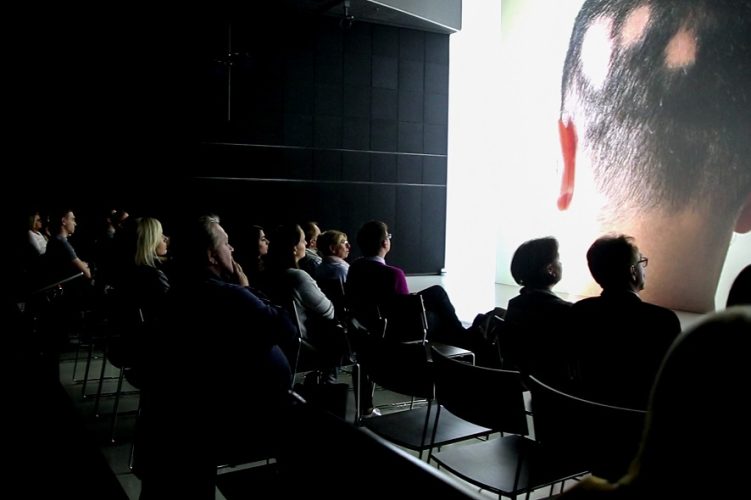
Deep Space LIVE Special: A Hairy Situation
What can you do when your hair suddenly falls out? What are the causes of hair loss, and do attractive wigs even exist? Hairdresser Peter Fuchs, gynecologist Peter Oppelt and plastic surgeon Matthias Koller provide answers at a Deep Space LIVE event. We learned more in this interview.
-
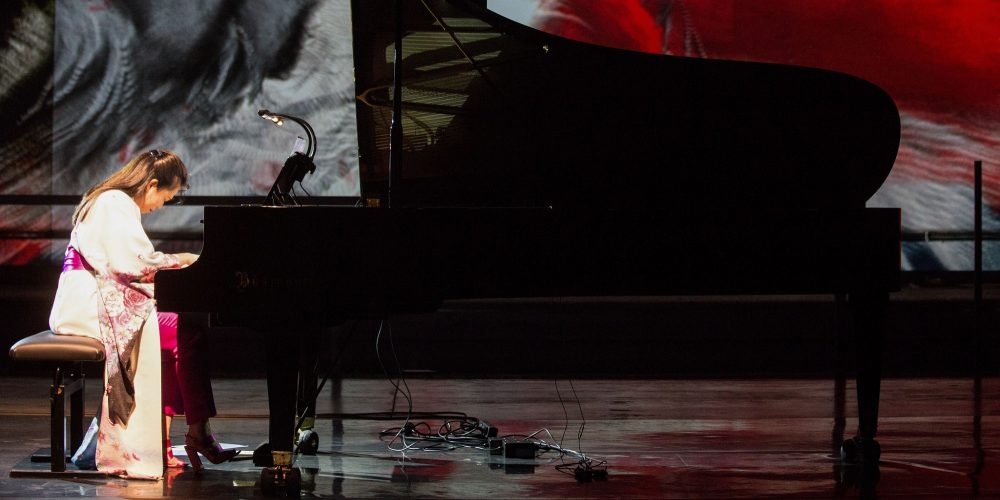
Day 5: ‘Til We Meet Again at the Ars Electronica Festival!
Sad but true—the fifth and final day of the 2017 Ars Electronica Festival has come to a close. Amazing how time flies when you’re having fun at so many absorbing events! We sincerely hope you checked off everything on your to-do list. Here’s a brief retrospective look at Day 5.
-
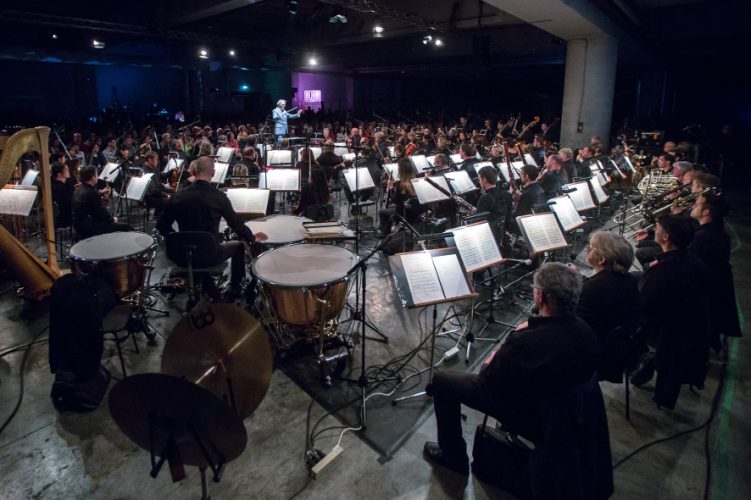
Day 4: Jam-Packed with Highlights
The 2017 Ars Electronica Festival is already four days old. And Sunday as well lived up to high expectations with a great lineup of conferences, workshops, media art, performances and much more. The most noteworthy event was undoubtedly Markus Poschner’s premiere as chief conductor of Linz’s Bruckner Orchester. But let’s take this one step at…
-
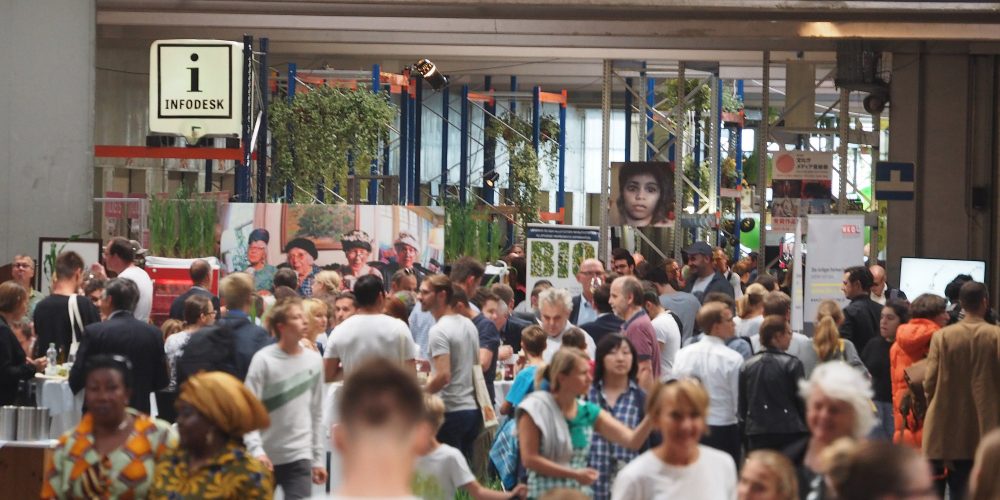
This was the Ars Electronica Festival 2017
“Artificial Intelligence – the Other I”, or the connection between AI and humans was the main topic at the 2017 Ars Electronica Festival, which turned POSTCTITY Linz into a hotspot of media arts for the third time in a row this year. There were over 100.000 visits to over 600 different events, conferences and lectures,…
-

Day 3: Starting the weekend with Media Art
Our festival Saturday made an exciting start into the weekend: With the Helper’s Conference, the final hours of the Hackathon, an organic farmer’s market, the Expanded Animations Symposium, the Prix and STARTS Forums, and of course countless exhibitions full of state-of-the-art media art, the festival was once again filled to the brim with wonderful events.…
-
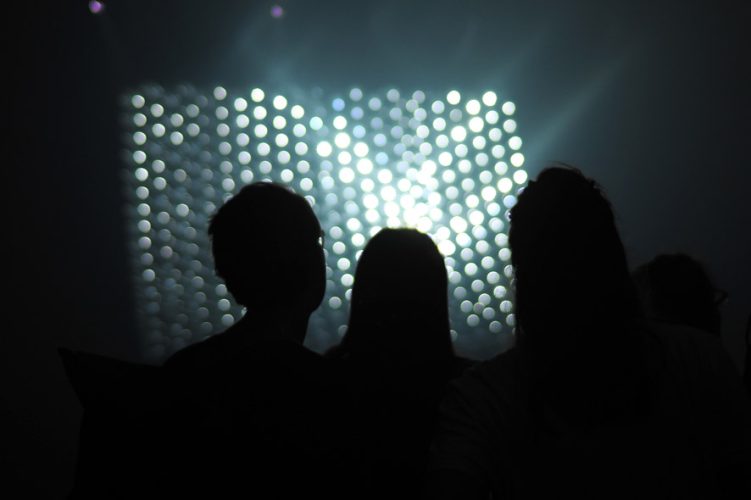
Day 2: Impressions without an End
Thinking together, celebrating together. From conferences to ceremonies, from exhibitions to workshops, from VR glasses to brain-computer interfaces. Another inspiring impressions from the 2nd festival day.
-
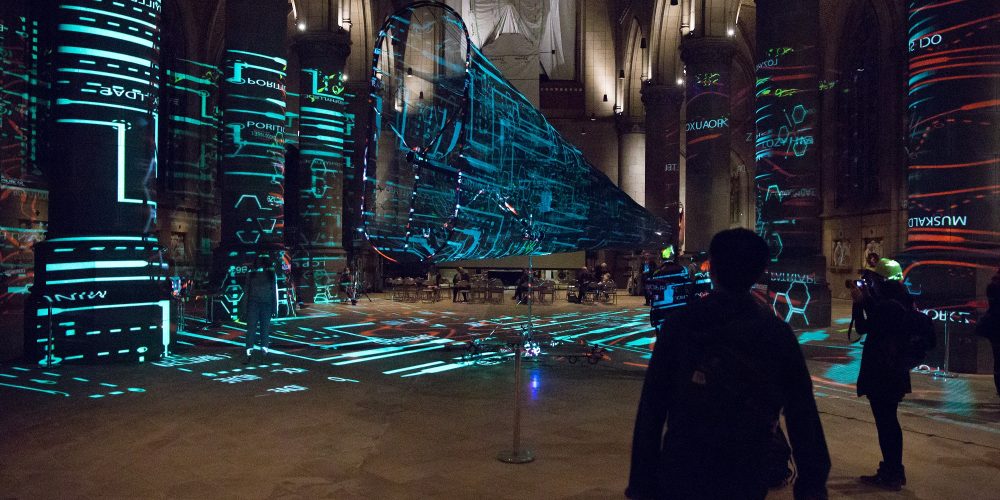
Day 1: Welcome to the 2017 Ars Electronica Festival
The big day has finally arrived—this year’s Ars Electronica Festival is underway! The preparations had been going full speed ahead for months now to once again make this huge celebration of media art something absolutely extraordinary. And that’s exactly what has come to pass! Here, for your viewing pleasure, are a few impressions of the…
-
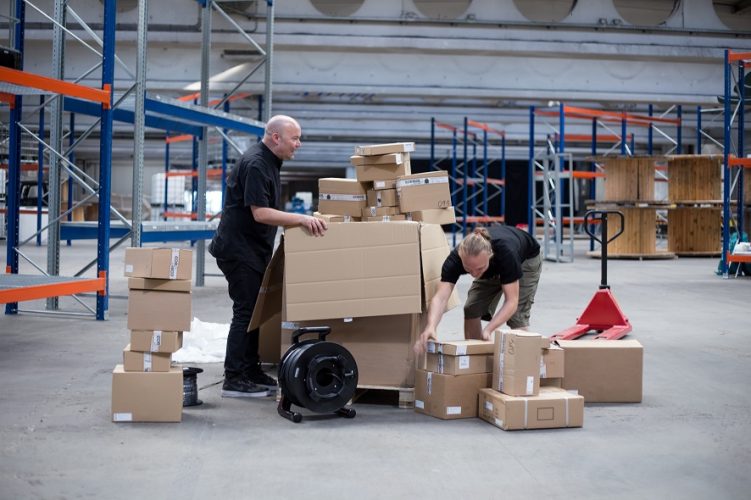
Ars Electronica Festival 2017: The Technology behind the Scenes!
The Ars Electronica Festival annually transforms the mini-metropolis Linz into the global hotspot of media art that attracts tens of thousands of visitors. Karl Schmidinger, technical director of the Ars Electronica Festival, tells us in this interview how he and his crew make it possible for this big show to go on!
-
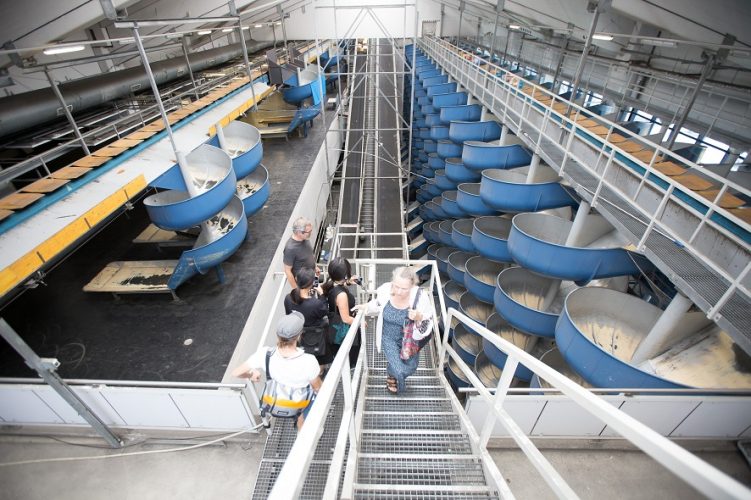
Festival Tours: Thanks to WKOÖ UBIT
The WKOÖ [Economic Chamber of the State of Upper Austria] represents the interests of the regional business community. The UBIT, its group for business consultants, accountants and IT specialists, is sponsoring the guided tours at this year’s festival. We talked to Chairman Markus Roth to learn more.
-
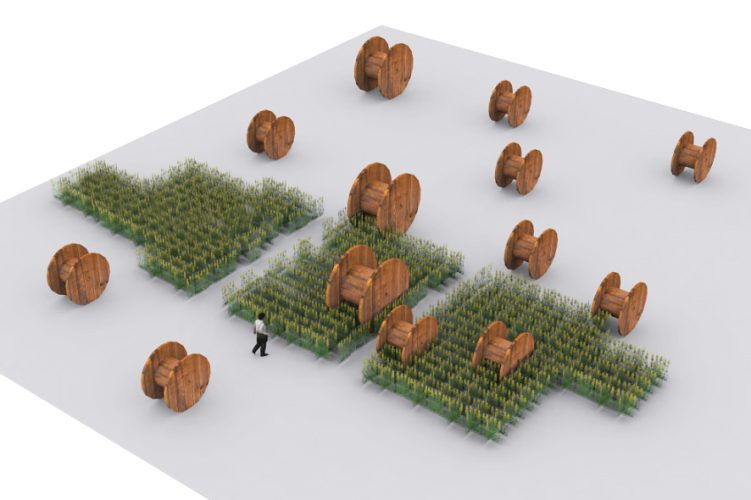
Framing Media Art: The Festival Architecture
Configuring the 80,000-square-meter interior of POSTCITY Linz with lucid structures conducive to exhibiting media art is no easy task. But the architects at ANY:TIME took up this challenge and are working out a suitable framework for the artwork at the 2017 Ars Electronica Festival. Here, they discuss their approach.
-
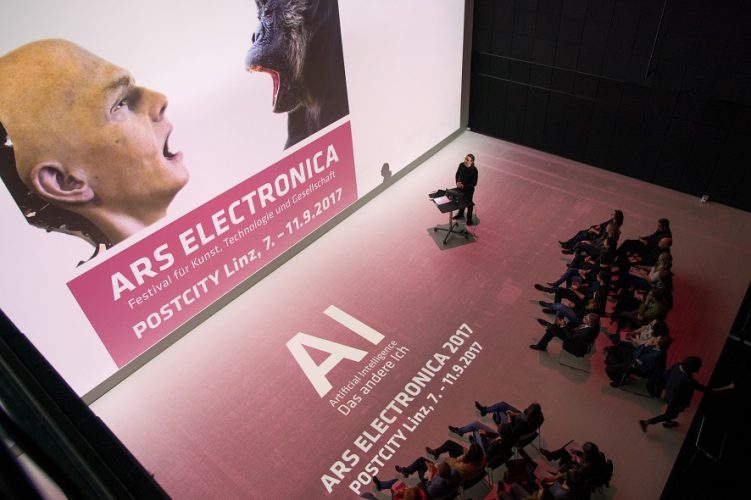
Ars Electronica Festival 2017: The Innovations
One thing the 2017 Ars Electronica Festival definitely won’t be is boring! Lots of fascinating new features await festivalgoers September 7-11. Ars Electronica Artistic Director Gerfried Stocker told us about what’s new on this year’s lineup.
-

Décor that really grows on you: Linz’s Municipal Gardens Are Greening the Ars Electronica Festival
POSTCITY Linz, the festival location, has been vacant for several years now. The gray halls seem deserted, cheerless. Linz’s municipal gardeners have been assigned the job of giving a friendly makeover to this interior in time for the Ars Electronica Festival September 7-11. The upbeat greenery got off to an auspicious start in mid-summer, and…
-
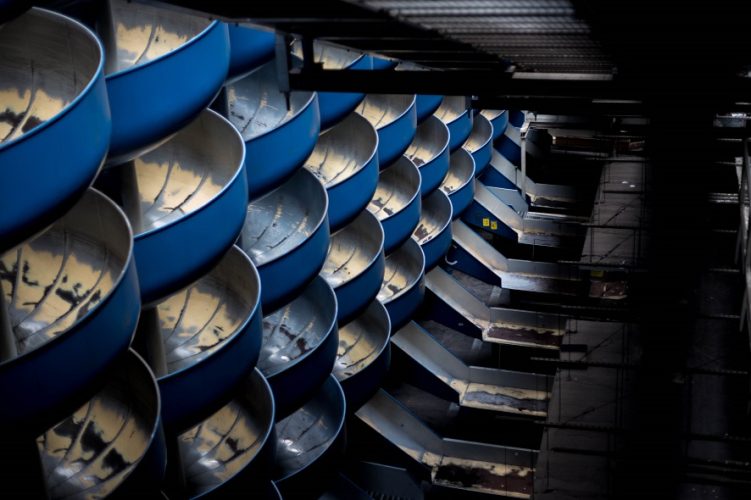
Fallout Shelter, Conveyer Belts, Spiral Packet Chutes and Lots of Media Art: Highlights of the 2017 Ars Electronica Festival in POSTCITY
September 7-11, 2017, POSTCITY Linz will once again morph into a sprawling playground of media artists from all over the world. The theme of this year’s Ars Electronica Festival is Artificial Intelligence – The Other I. We recently sat down with Festival Director Martin Honzik to get a sneak preview.
-
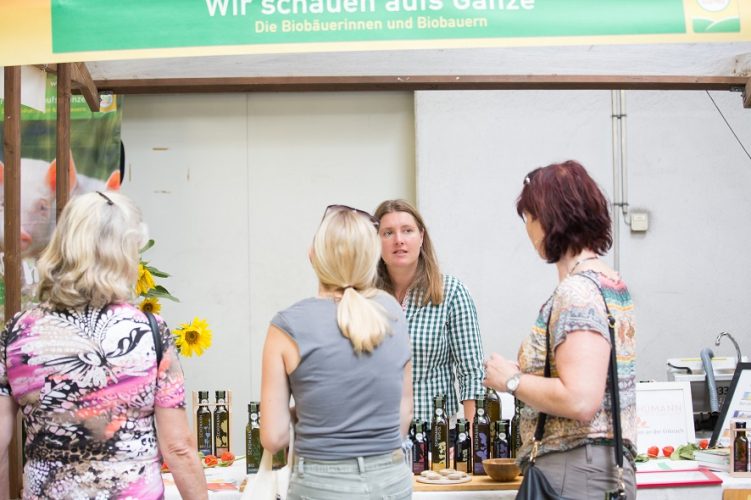
“A as in apple, B as in broccoli, C as in cheese …” The Organic Farmers’ Market at the Festival
The Ars Electronica Festival is dedicating an entire day to sampling organic delicacies of the highest quality in POSTCITY Linz. Once again this year, BIO AUSTRIA is staging a farmer’s market amidst all the media art. Here, BIO AUSTRIA’s Marlene Wolfsteiner tells us about all the healthy goodies festivalgoers will be enjoying, and why organic…
-
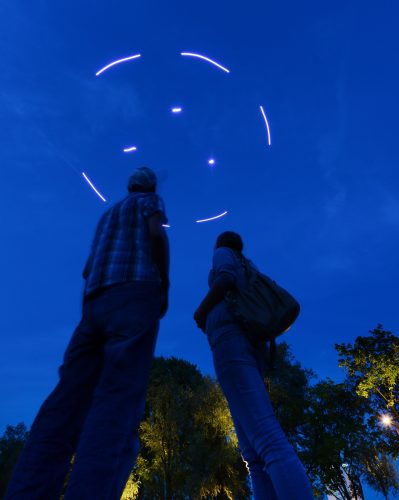
Sky Compass: Going Beyond Navigation by the Stars
As Tokyo will be facing the challenge of hosting a huge influx of tourists in 2020, NTT, Japan’s biggest Telecommunication company, and Ars Electronica Futurelab are working on a sky compass to guide the people.
-
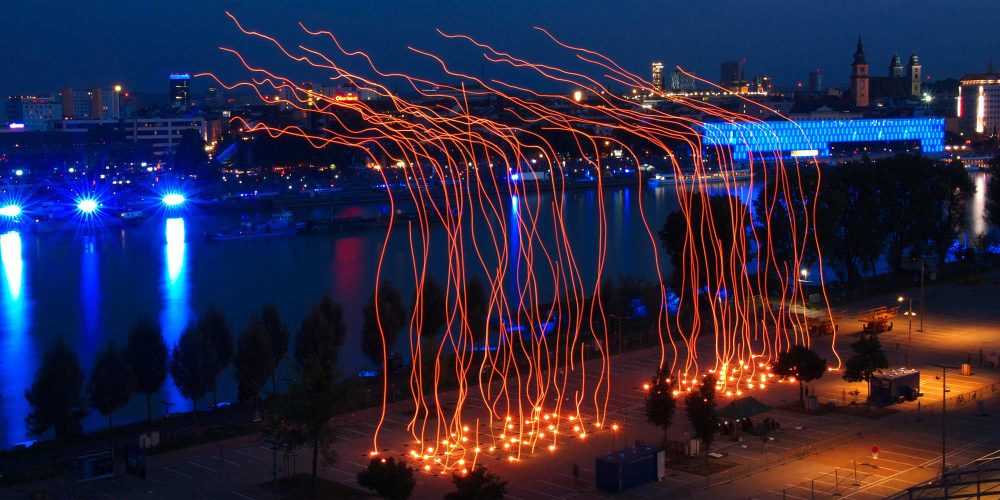
The Year in Review 2016
Any presentation covering all of Ars Electronica’s many facets takes a bit of time. And a retrospective look at all the activities staged here in 2016 isn’t much easier. But we’re going to take our best shot! You’re cordially invited to join us as we look back on an eventful year.
-
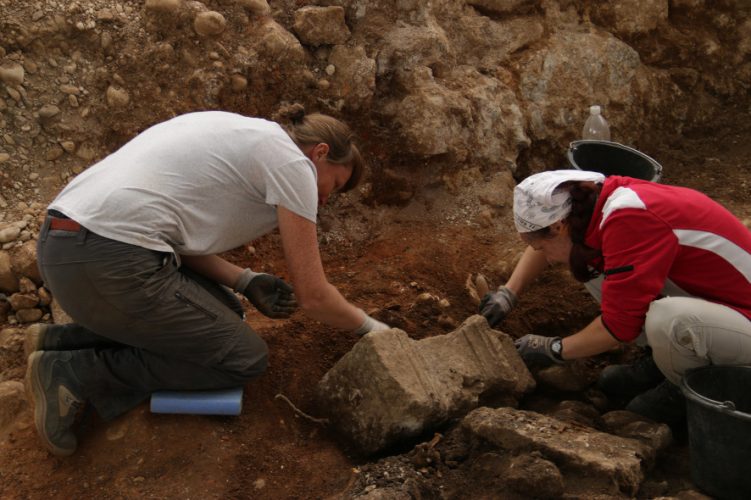
Hercules in a Lime Kiln
The largest lime kiln complex ever discovered in the Roman Empire’s Rhine-Danube provinces was found in 2008 in what was once the Roman town of Lauriacum and is now the city of Enns. Work began this year on excavating the best-preserved kiln in preparation for an exhibition at the 2018 Upper Austria State Fair.
-
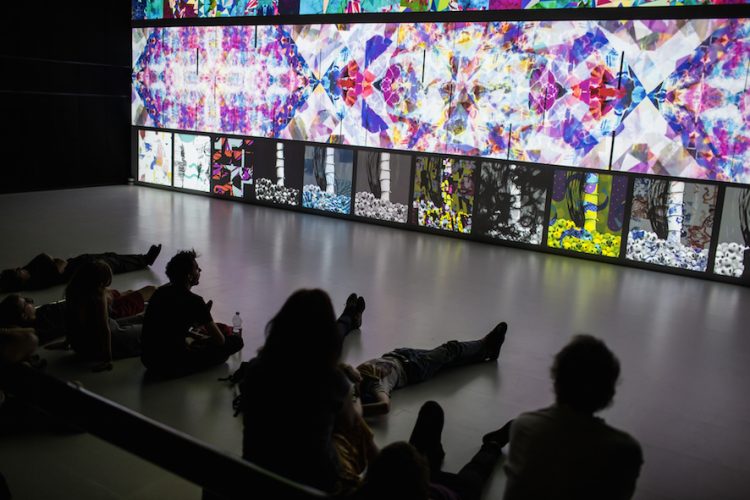
Day 5: One last day of festival fever
Even the most amazing festival has to come to a close at some point – the fifth and last day of Ars Electronica 2016 has visitors looking back on an incredible weekend. With the Music Monday Program, the 2016 Ars Electronica Festival comes to a musical end.
-
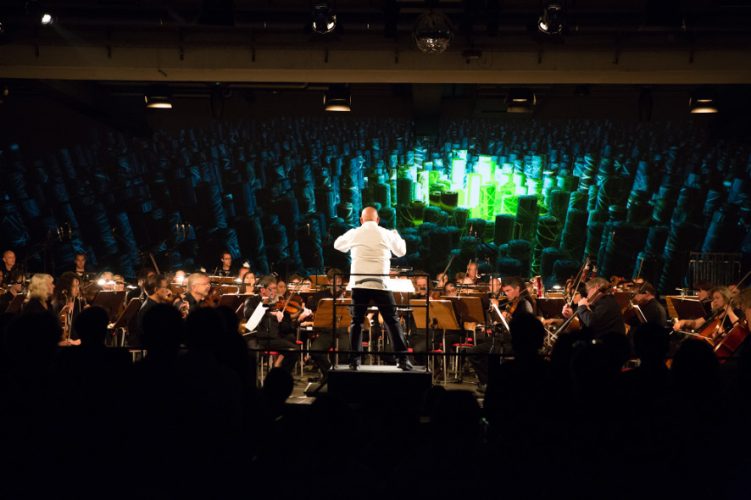
Day 4: Recap of Another Eventful Day
In only a few more hours, the 2016 Ars Electronica Festival goes down in history. In the meantime, let’s take a retrospective look at the highlights of Day 4—the Mini Maker Faire Linz, another interesting lineup of speeches and workshops, and, to wrap things up, the musical crescendo of the entire festival, the Big Concert…
-
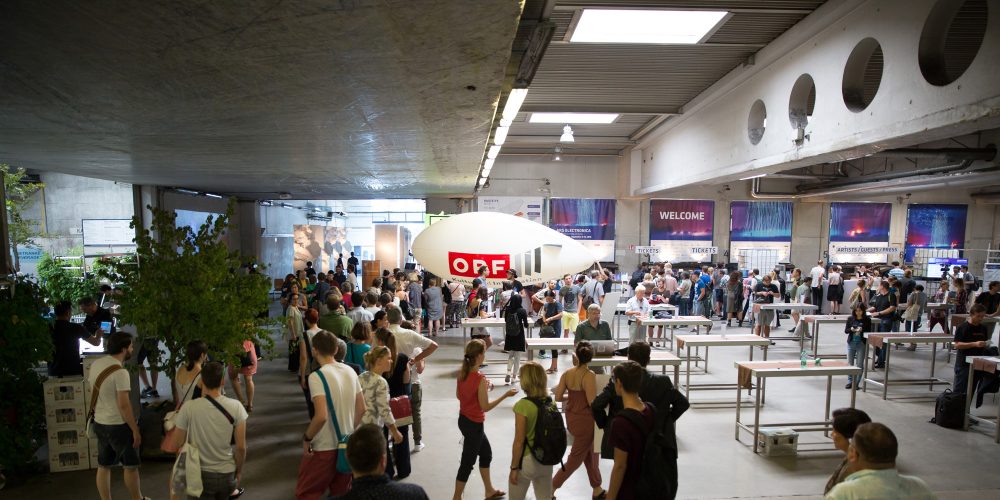
This was the Ars Electronica Festival 2016
“RADICAL ATOMS and the alchemists of our time” was the theme of the Ars Electronica Festival staged September 8-12, 2016 at multiple locations in Linz. The prime venue was, once again, POSTCITY, the former Austrian Postal Service logistics facility adjacent to the train station. It provided 80,000 m2 of exhibition space for conferences and speeches,…
-
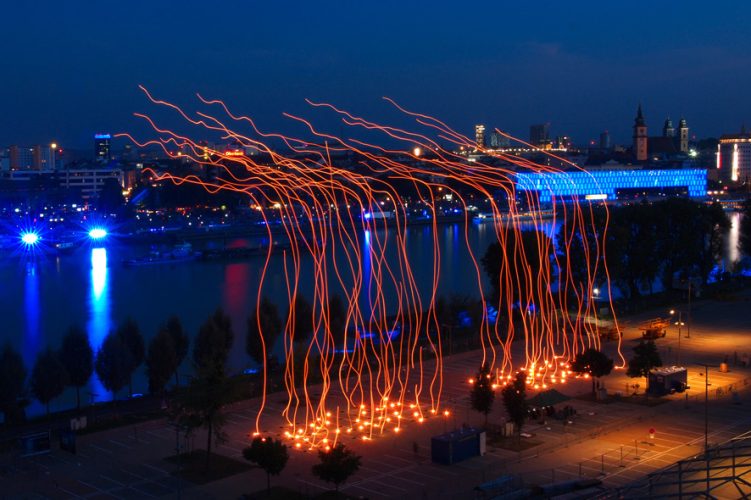
Day 3: From Farmer’s Market to Drones Show
The third day of the 2016 Ars Electronica Festival continued with conferences and talks by international artists and scientists – but it also offered the opportunity to meet the winners of the Prix Ars Electronica personally. The POSTCITY welcomed the guests on that day with an organic farmers market. In the evening, Intel and Ars…
-
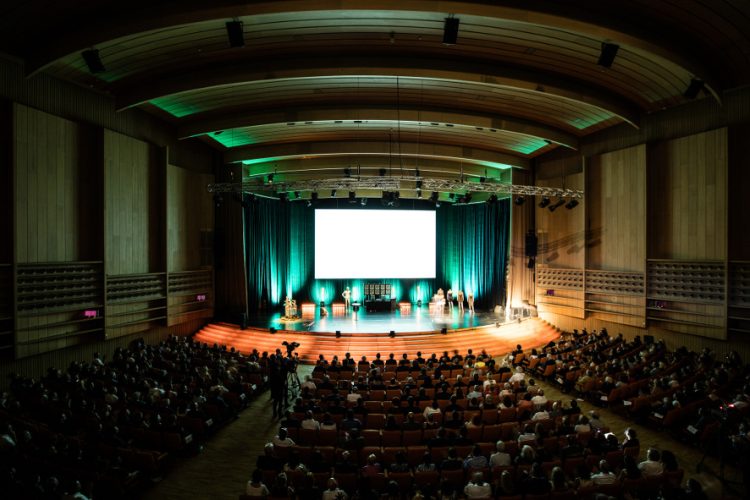
That Was Day 2 of the Festival!
The second day of the 2016 Ars Electronica Festival was dominated by the annual symposia. But the Friday of each Ars Electronica Festival is also traditionally the day of the awards ceremonies of the Prix Ars Electronica. While the kids of the category u19 – Create Your World received their prizes already at noon, the…
-
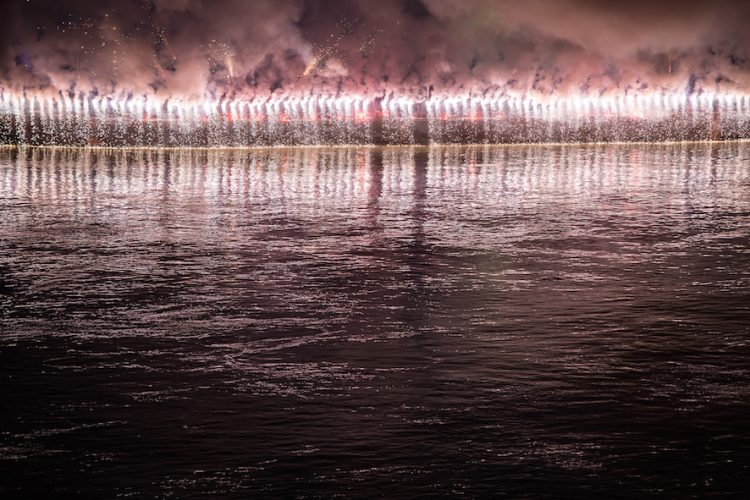
“River of Knowledge” – Klangwolke 2016
The Klangwolke [Cloud of Sound] is an autumn highlight of Linz’s annual calendar of events. Conceived as a blend of music, performance, art and spectacle with a different theme each year, it’s been a crowd-pleaser ever since its launch in 1979. The 2016 edition is entitled “River of Knowledge.” We recently had a chance to…
-
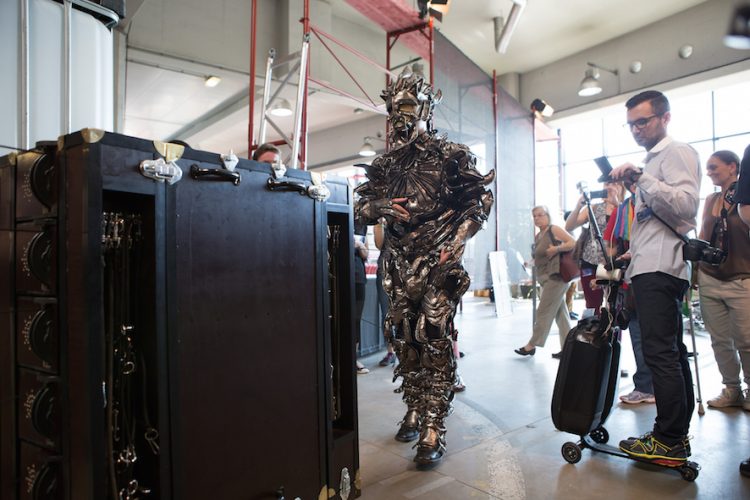
Day 1: The festival has started!
The first day of the 2016 Ars Electronica Festival started with a lot of exhibition openings – from the Alchemists at POSTCITY to the CyberArts opening at OK Center for Contemporary Art, there was lots to see. In the evening, the grand Opening set the musical tone for the coming weekend.